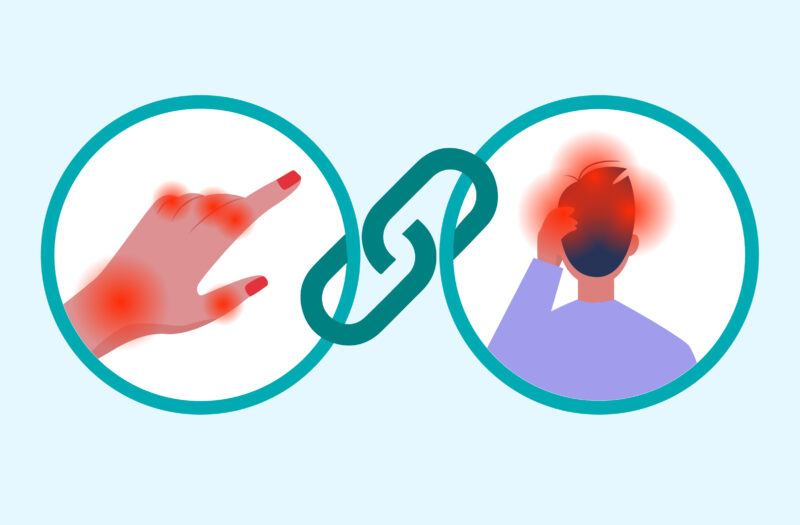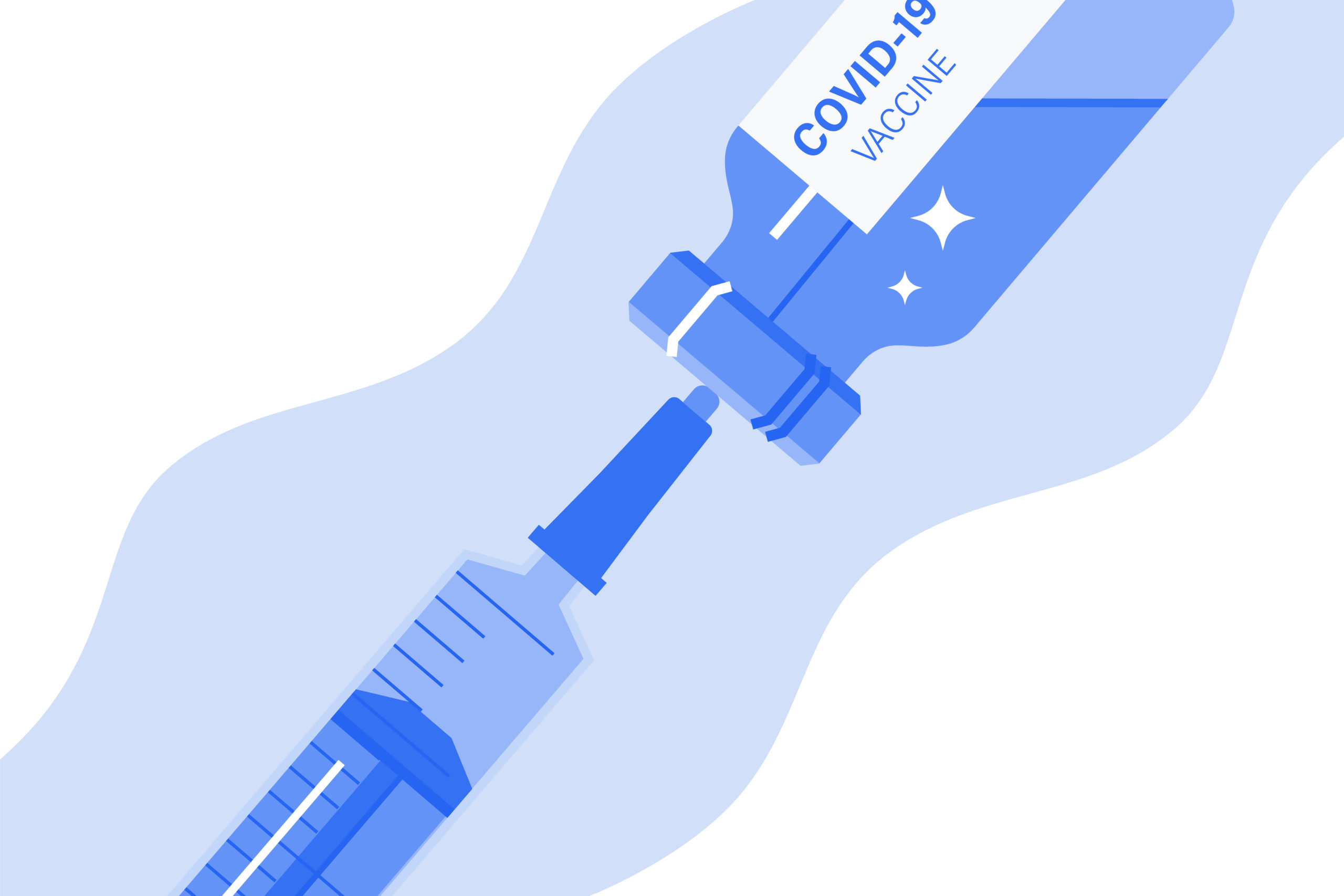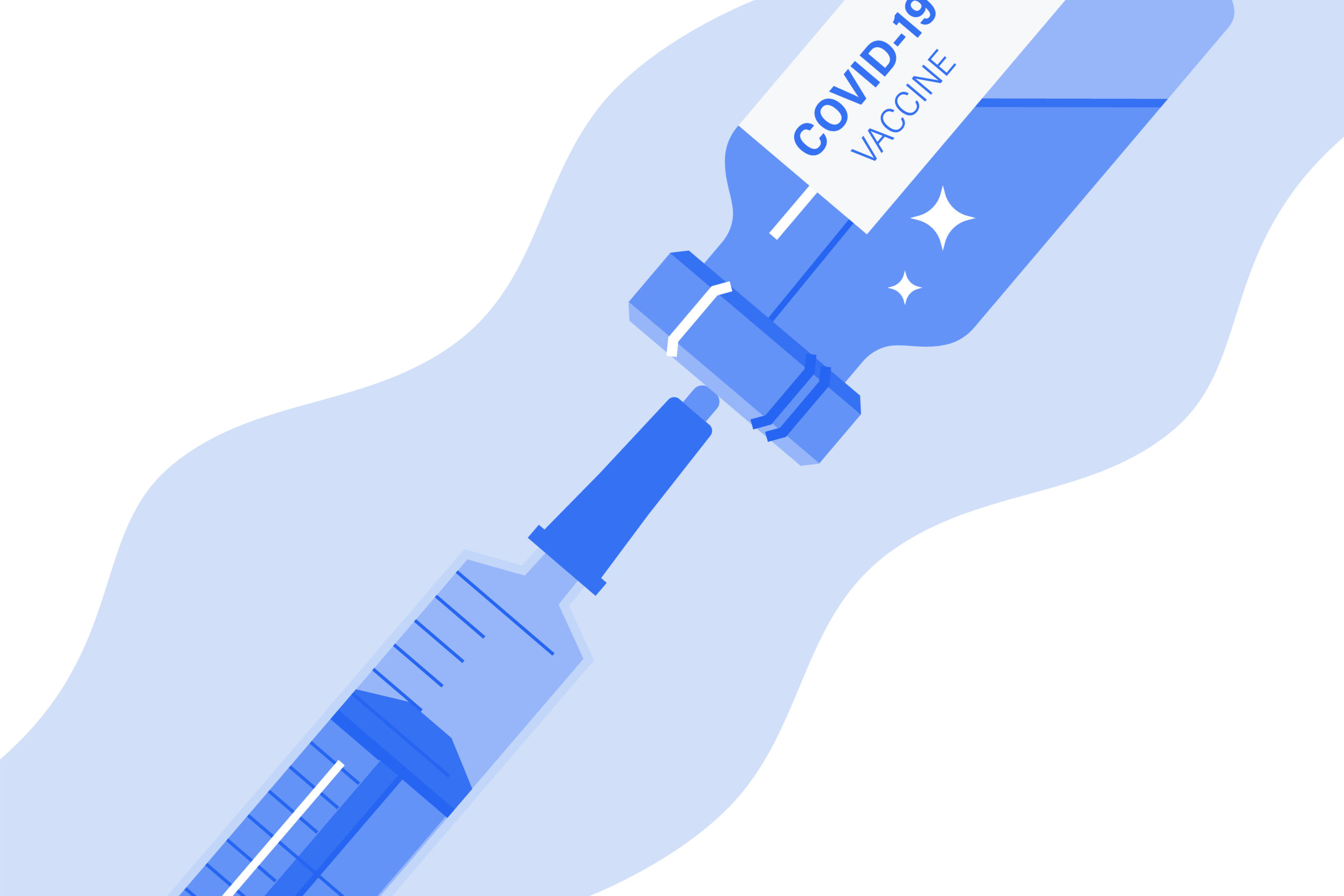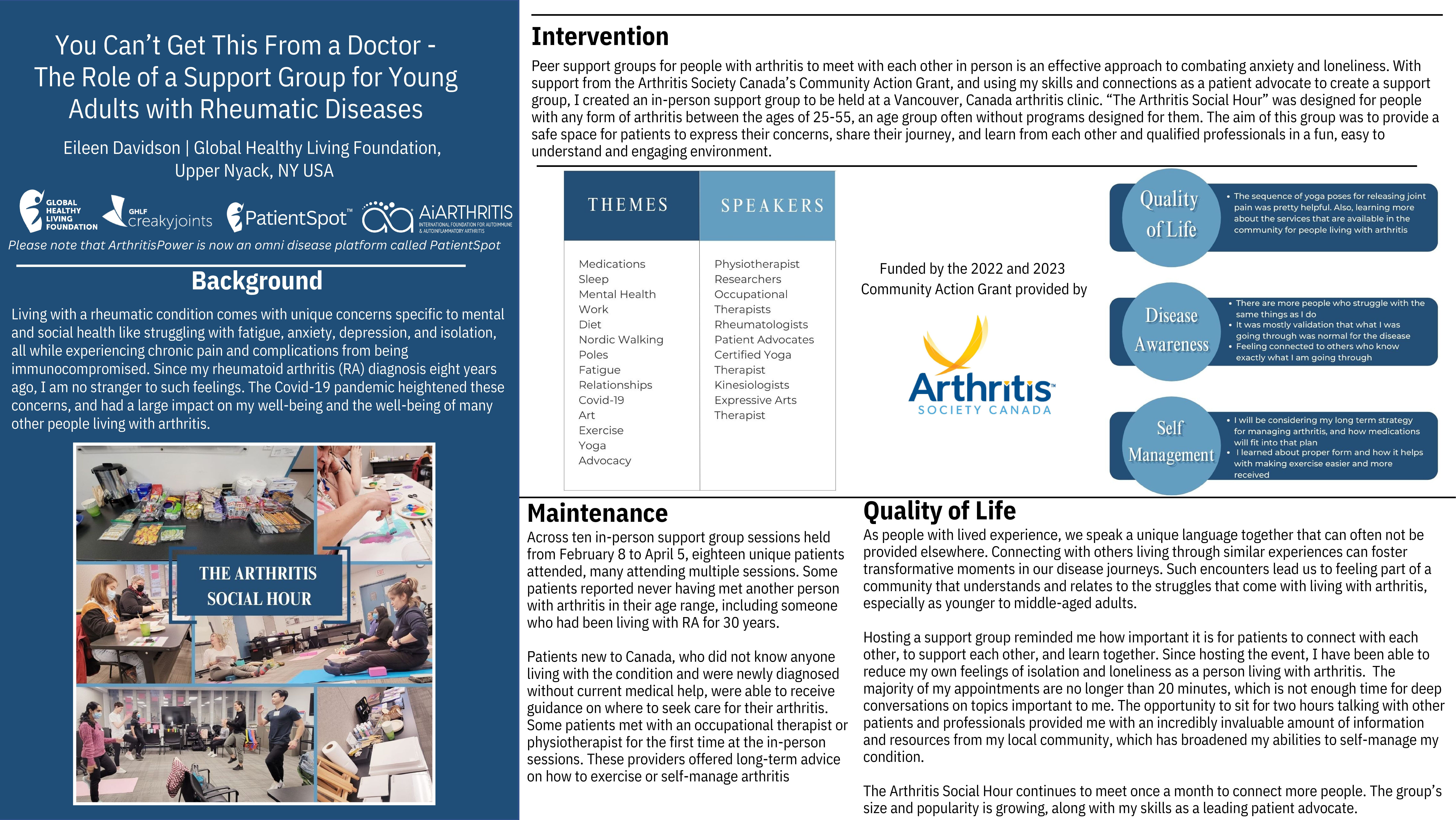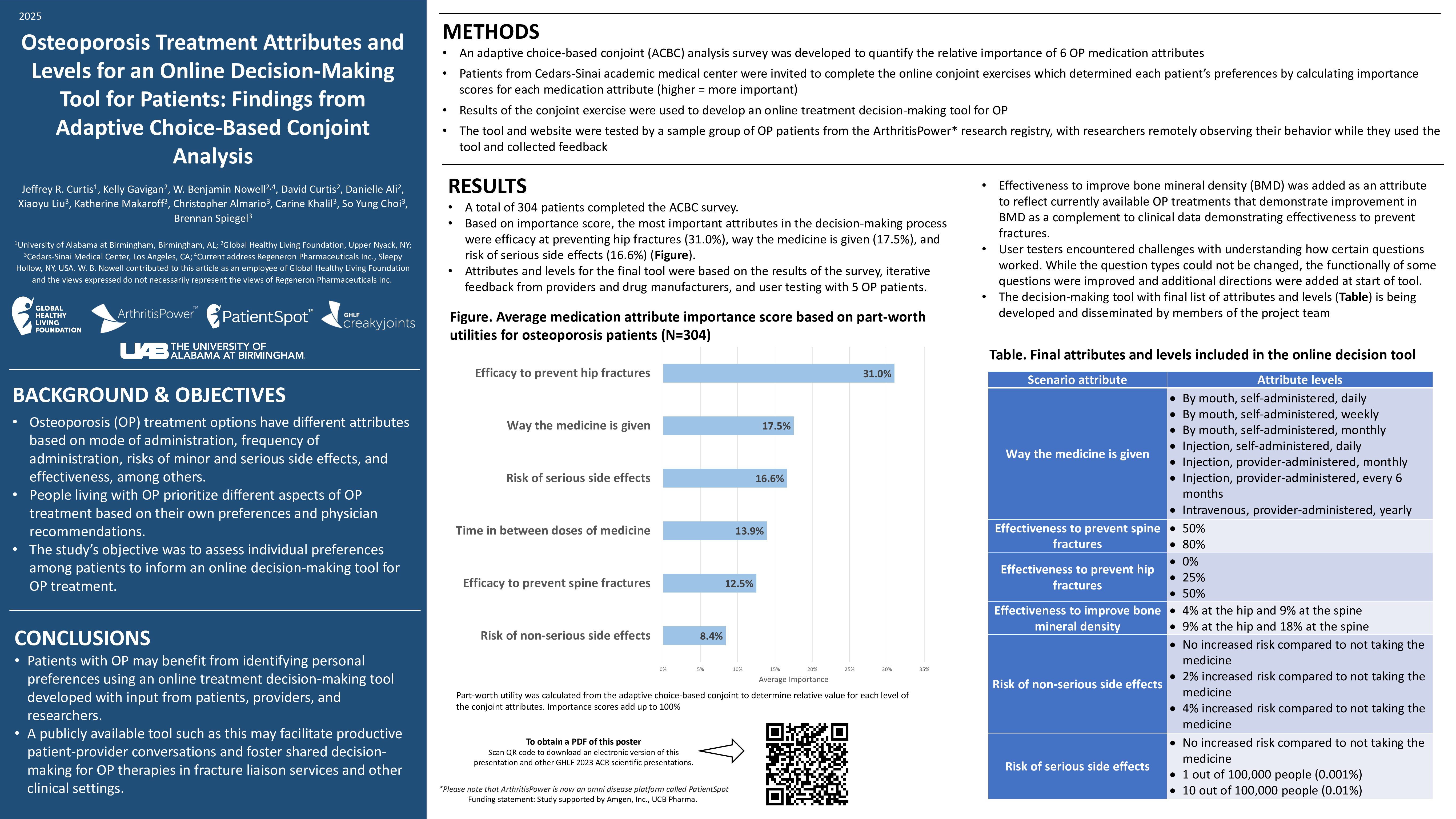As any of the nearly 12 million Americans with migraine knows, it’s a difficult condition to manage. The same goes for rheumatoid arthritis (RA), an autoimmune disease that affects around one percent of the population.
But together, the two conditions can be an especially grueling double-whammy — both are incurable and cause debilitating symptoms. Migraine is characterized by severe throbbing pain, usually on one side of the head, while RA causes joint pain, tenderness, swelling, or stiffness.
“Having both conditions can be extremely difficult, given the need for multiple medications, risks of interactions, and side effects — let alone dealing with both primary conditions,” says neurologist Noah Rosen, MD, Director of the Headache Center at Northwell Health Institute for Neurology and Neurosurgery in Great Neck, New York.
Unfortunately, the connection between migraine and RA is a strong one. As recent research shows, there’s what’s known as a bidirectional relationship between migraine and RA. That means that people with the neurological disorder are more likely to develop this type of arthritis and vice versa.
Understanding the Link
What’s the link between migraine and RA? The simultaneous presence of the two conditions (aka the comorbidity) is complex and not completely understood, but inflammation is believed to play a key role, says neurologist Peter McAllister, MD, Co-founder and Chief Medical Officer of the New England Center for Neurology and Headache in Stamford, Connecticut.
“Migraine is a loop from the brain out to the peripheral pain nerves secreting this ‘inflammatory soup,’ and then back into the brain,” he explained during a recent interview at the Migraine World Summit on the link between autoimmune disease and migraine. “We know that autoimmune disease secretes all sorts of inflammatory bad guys — cytokines, leukotrienes, prostaglandins, leukotrienes — and there’s an overlap there.”
This tendency to turn on and have a limited ability to dampen inflammation, he says, is the tie between the two.
JP Summers is all too aware that the two conditions are often tightly associated. An advocacy fellow for the Global Healthy Living Foundation, she’s lived with migraines since she was 10 years old and was diagnosed with RA at age 40. Read more about her story in “A Decade of Chronic Illness: A Family Journey.”
She wasn’t surprised by the diagnosis: The disease is prevalent in both her mom and dad’s families. Since her RA diagnosis, a pattern has developed where an RA flare triggers a migraine. “I don’t always have both, but if I have an RA flare-up, I more than likely will have a migraine,” she says. “They seem to occur on the same day.”
The Importance of Good Medical Help for Both Conditions
The tendency toward migraine and RA can’t be prevented, but knowing that you have an increased risk of developing either would allow you to watch for symptoms or be screened for underlying RA — and with RA, early detection and treatment can be make a big difference in your prognosis.
According to Dr. McAllister, there’s a reciprocal association between an autoimmune disease and migraine. “If an autoimmune condition is out of control and not treated properly, it becomes in and of itself a trigger for worsening migraines in those genetically predisposed to migraine,” he explains.
Conversely, he says, migraine disease adversely affects how they respond to their autoimmune disorder. As a result, Dr. McAllister says he aggressively tries to optimize the care of people with both conditions. “We talk about that two–way street between how well the migraine is doing and how well the autoimmune disease or treatment is going.”
In addition to good medical care, good communication is key to managing migraine and RA. “You need doctors you feel comfortable talking to,” says Summers. Initially, she says, she felt like a burden, “like one of those nagging patients. But that’s what doctors are there for. You’re not well and want to have a more successful treatment regimen in place to achieve a higher quality of life.”
If your care requires more than one specialist, any changes in treatment should be shared and side effects monitored, says Dr. Rosen. Towards that end, Summers often acts as a go-between between her cardiologist [to treat a heart condition] and neurologist. “If you want the full effect of a treatment regimen, you need to have everyone involved,” she says. “If you’re all on the same page, you’ll have better success.”
When it comes to treatment, no medication is approved to treat the combination of RA and migraine, but the class of drugs known as biologics can be used to treat each individually. “Because of their specific method of action, these medications [known as monoclonal antibodies] are safe to use in conjunction with almost any other medication and do not require renal or liver clearance,” says Dr. Rosen.
Dr. McAllister concurs, explaining that “the [anti-CGRP] monoclonal antibodies that we use in headache medicine have been deliberately engineered to not play with the immune system.” These “smart molecules” are directed to work solely in the migraine center of the brain, he says. So they can be used in the same person with other monoclonal antibodies — infliximab (Remicade), adalimumab (Humira), golimumab (Simponi), and certolizumab (Cimzia) are commonly prescribed for RA — with complete safety.
Steps for Fighting Inflammation
With inflammation at the core of both migraine and RA, it makes sense to take steps to reduce overall inflammation in the body. Here are three steps to consider:
Prioritize Sleep
It’s not a cure, but Dr. McAllister likens living a good lifestyle to “a bit of volume control. We can turn down a migraine sometimes, and we can turn down an autoimmune condition, if we try our best to do the right things,” he says.
Chief among those is getting enough sleep. “Sleep is incredibly important as an anti-inflammatory-state inducer,” says Dr. McAllister. “We’re all running around doing a hundred things and we sometimes don’t give ourselves enough sleep.”
The circadian rhythms that regulate our sleep-wake cycles also regulate our immune system, and with it, our levels of inflammation. “When circadian rhythms are disrupted, so is normal immune function, leaving us more prone to unhealthful inflammation,” writes clinical psychologist Michael Breus, PhD, aka “the sleep doctor.”
It can be difficult to fall asleep when you’re in pain (painsomnia), so try using the power of light, which plays a central role in regulating the body’s internal clock, to go off like a light.
During the day, spend some time outdoors or in natural light, to help cue your body clock that it’s time to rest. (Bonus: Light also affects the production of melatonin, an essential sleep-promoting hormone.)
At night, aim for total darkness in your bedroom, advises the Sleep Foundation. Closing your eyes doesn’t block all light, and even a low level of light — like that from your phone — can affect your circadian rhythm.
Pay Attention to Diet and Physical Activity
There’s no one-size-fits-all anti-inflammatory diet, “but I think that we can get a sense that simple sugars and junk food are probably not good,” says Dr. McAllister.
In a recent study of people with migraine, researchers found that those who ate a diet highest in sweets and fat had the most severe and frequent headaches. For both migraine and RA, an anti-inflammatory Mediterranean diet, with its focus on whole foods and omega-3 fats and avoidance of fried foods and red meat, is often encouraged.
Exercise also promotes an anti-inflammatory state. “It also helps with sleep and helps keep weight down,” says Dr. McAllister. “We know that increasing body mass index [aka BMI] is a risk factor for the chronification of migraine.” Likewise, being overweight can worsen symptoms of RA. Talk to your health care provider about how to create a safe exercise routine that’s right for your fitness level and energy.
Recognize the Mind-Body Connection
It doesn’t always happen, but migraine and RA do tend to follow one another. “The common link to both flaring up is the state of the mind, which has a lot to do with our body,” says Dr. McAllister. Take stress, which is both a primary cause of inflammation in the body, and a top trigger for migraines and RA flares.
Some stress in life is, of course, inevitable, but too much can become destructive, leading to negative mental and physical outcomes. Heading off stress early — yoga, meditation, physical activity, and breathing exercises — can help limit inflammation. Visit our podcast “Wellness Evolution” for guided breathing exercise.
Doing your best to stay positive is another effective way to maintain a healthy mental and emotional state.
“When it comes to each diagnosis, have an open mind and try to focus on the positive,” Summer advises. “Trust me, migraine took a lot away from me, including my career — but I tried not to focus on that when I was later diagnosed with RA. Instead, the first question to the specialist was, ‘How do we go about treating this?’ It’s overwhelming, but I was ready to face my condition head on and focus on what I can do to have a better quality of life — so I can still go out, spend time with my family, and play with my grandson.”
Want to Get More Involved with Patient Advocacy?
The 50-State Network is the grassroots advocacy arm of CreakyJoints and the Global Healthy Living Foundation, comprised of patients with chronic illness who are trained as health care activists to proactively connect with local, state, and federal health policy stakeholders to share their perspectives and influence change. If you want to effect change and make health care more affordable and accessible to patients with chronic illness, learn more here.
If you enjoyed reading this article, you’ll love what our video has to offer.
Breus M. Why is Inflammation Worse at Night? The Sleep Doctor. May 2022. https://thesleepdoctor.com/physical-health/inflammation-and-sleep/.
Kim H, et al. “Bidirectional Association between Migraine and Rheumatoid Arthritis: Two Longitudinal Follow-up Studies with a National Sample Cohort.” BMJ. June 2021. doi: https://doi.org/10.1136/bmjopen-2020-046283.
McAllister P. Autoimmune Disease and Migraine: What’s the Link? Migraine World Summit. https://migraineworldsummit.com/talk/autoimmune-disease-and-migraine-whats-the-link/.
Melillo G, et al. Anti-inflammatory Diet Linked With Reduced Migraine Frequency. February 23, 2022. https://www.ajmc.com/view/anti-inflammatory-diet-linked-with-reduced-migraine-frequency.
Suni E. Light and Sleep. Sleep Foundation. August 2022. https://www.sleepfoundation.org/bedroom-environment/light-and-sleep.

